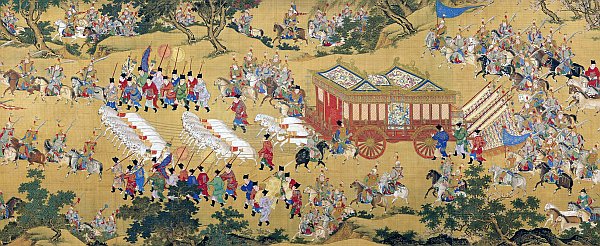This module is for Grades: 6-8 Welcome
The history of people and the societies they lived in can be told through the processes they underwent. Just like present-day nations like the United States, older empires rose to power, ruled their societies and then fell. For example, leaders in China rose and fell to power within a dynasty. Other societies included social groups that played important roles, such as in Medieval Europe. Finally, some processes resulted in dramatic changes to civilizations, such as the plagues that struck people living in Asia and Europe.
In the activities that follow, you will examine some of the cycles and processes that occurred within ancient China and Medieval Europe.
Module Objectives
By the end of this module, you will be able to:
- Analyze how and why individuals, events or ideas develop and interact to examine the processes involved in the dynastic cycle of China.
- Analyze the processes that impacted individuals and groups in feudal European societies.

The history of people and the societies they lived in can be told through the processes they underwent. This painting shows a Chinese emperor's large procession heading towards the imperial tombs of the Ming emperors located north of the capital Beijing.
Image credit: Anonymous (original work) & Lawrencekhoo (derivative work) via Wikimedia Commonsopens in new window
Focus Standard
RH.6-8.3 - Analyze how and why individuals, events, or ideas develop and interact over the course of a text.
Skill
- Analyze the relationship between events, causes and effects within processes in a source.








